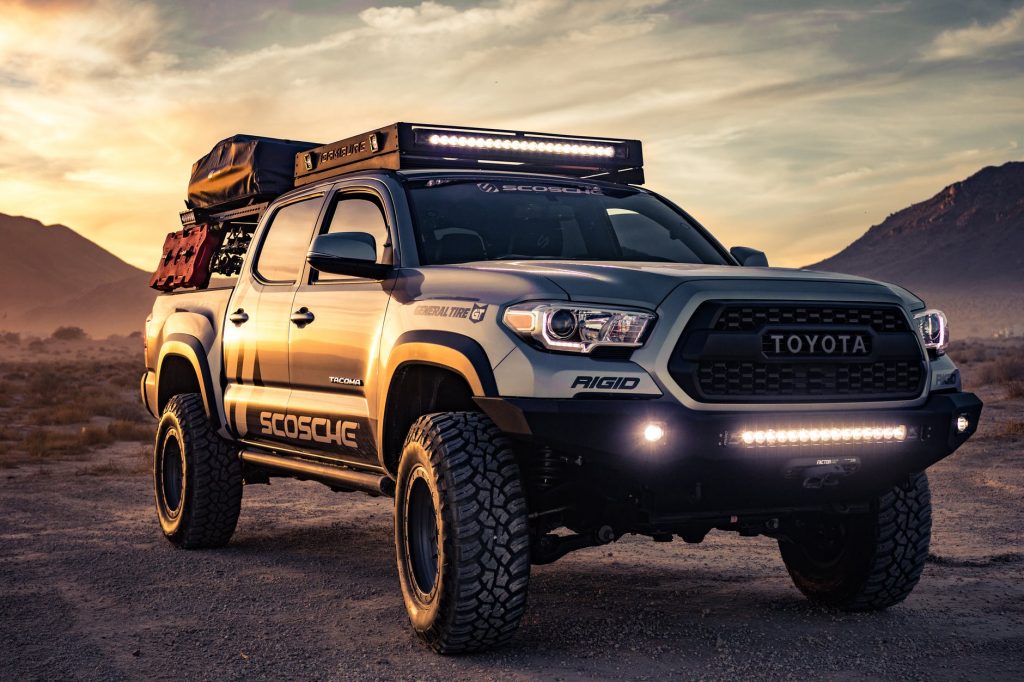The History and Function of Car Grilles
The introduction of car grilles was a year earlier than windshields. Most of the automobiles in the late 19th century featured gas-powered engines and would heat up very quickly. The only way to avoid overheating was to install vents that cooled it directly.
The very first designs for car grilles looked exactly like something you could use for a Sunday barbecue. In fact, due to the size of the mesh, they could very well be made into screen doors. Just look at Ford Model A from the ’30s.
The engines for the earliest cars didn’t take up too much space that’s why they all resemble each other. The rounded rectangular shape became a standard among other car manufacturers. Car grilles also evolved with wider designs as the default in recent years.
Materials
The materials used for car grilles have more or less stayed the same since their inclusion into automobiles in 1903. Most grilles are made with stainless steel, usually with a chrome finish. Grilles have lost their functionality since, and its primary role was to make cars aesthetically pleasing.
Car grilles are manufactured using wire-weaving machines, layering strands of steel in horizontal or vertical layouts. The advent of advanced 3d printing and mold making also enabled car manufacturers to make more complicated designs like honeycombs or
Since plastic is easier to mold than steel, most SUV’s and luxury sports cars are equipped with fancier designs. CNC grilles are made with the help of computers and are the most customizable out of the lot. Although not as sturdy as stainless steel, they provide better looking fascias that prospective car owners will be ogling over.
Plastic grilles will have a black powder coating for texture. The texture doesn’t really serve a function. Theoretically, it might reduce drag from the inflow to reduce damage to the engine but this is highly unlikely.
Plastic grilles are mass-produced in OEMs. Surprisingly, most OEMs for grilles come from the country with the highest demand for cars – China. Although the preference for more “in-your-face” grilles started in the US, China saw car sales rise in the mid 2000’s. The trend was almost close to the same time the US market went back to wider grilles.
More sophisticated designs and structural engineering allowed for carbon-material grilles. These grilles were more resistant to corrosion compared to its stainless steel counterpart. Carbon grilles were lightweight and more durable than plastic, but with steeper prices.
Using carbon grilles may work to your advantage especially if you’re going to have your car cleaned at Delta Sonic or Fast Eddie’s.
Types of Car Grilles
Radiator Grilles
This was the very first design choice and it dominated car faces pre- and post-World War I. Radiator car grilles looked classy, with early Ford models like the Ford Model A, and Rolls Royce’s 1950’s Phantom featuring thicker vertical radiator grilles.
Billet Grilles
This type of grille is a succession or modification to the radiator grilles employed by classic cars. Billet grilles either had a horizontal or vertical layout. The term billet comes from the output of the aluminum and iron purification process.
Mesh Grilles
Mesh grilles, as the term implies, makes use of either perpendicular pattern or a diagonal crosshatch design. Mesh grilles can have a simple flat texture akin to a screen, or more wavy, wiry designs which would need assistance from computer software. They’re high in demand in the sports and luxury segment.
CNC Grilles
These types of grilles are perfect for individuals who want to make a statement with the front of their cars. CNC grilles are made using advanced computer software for more complex shapes and designs. They’re usually made of plastic but metal is not uncommon, with the latter material increasing the price of cars.
The Most Impressive Looking Car Grilles
An exception to this list would be Porsche. The car manufacturer is not big on grilles and uses air intakes instead, located beneath where the grilles would be placed. Porsche mostly places its engines at the rear hence eliminating the need for the front-facing accessory.
Before the pandemic struck last year, Lexus unveiled the LC 500 with an almost-fluid like curved Spindle grilles. Car enthusiasts have to thank designers Tadao Mori and Edward Lee for the concept and execution. Edward Lee has designed cars for Audi prior to his active contribution to the LC 500.
Lee says the design for the LC 500 was made possible due to the lack of restrictions, with the car company not focused on identity but more on experimentation and innovation in design. Audi hasn’t quite let go of its brand identity and wants to continue the tradition.
A more futuristic looking grille on the list would be Cadillac’s SUV. Their entry for electric cars comes with some serious upgrades to the face. Pre-orders are set for September, with the earliest release sometime in 2023.
Cadillac’s luxury eSUV will feature a lighted grill. As if Cadillac wasn’t overcompensating, the dashboard features a 33-inch diagonal display capable of displaying over a billion colors. This car better leave rainbow trails on the highway.
The Future of Car Grilles
With Tesla’s introduction of its electric cars to the market, the need for grilles may decline. These would be far into the future as the looks of a car is a major player in sales. Aesthetics win over functionality in the car industry and grilles play a heavy role in a car’s success in the market.
Nevertheless, wide grilles are the trend now, with the likes of BMW’s X series and Camry being notable examples.
